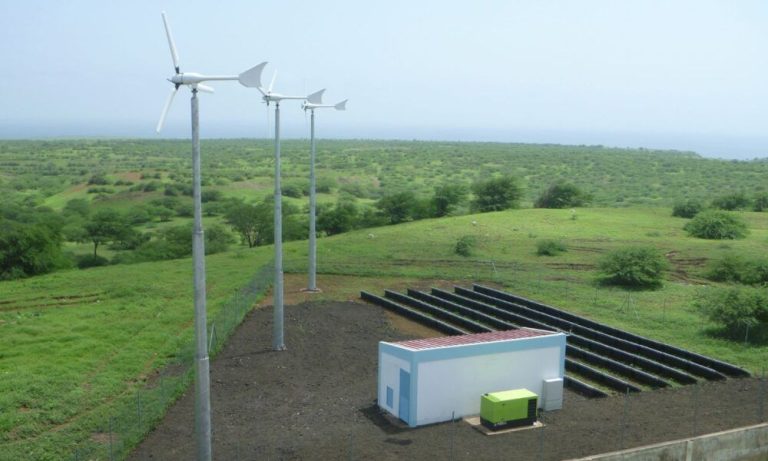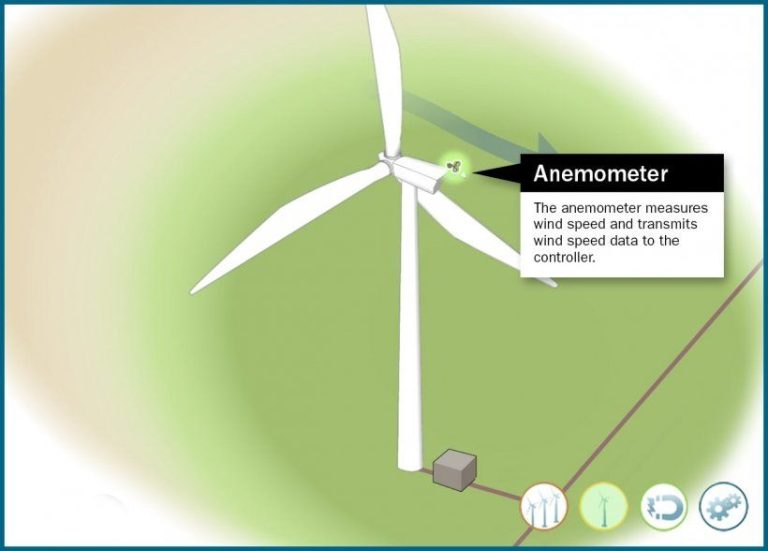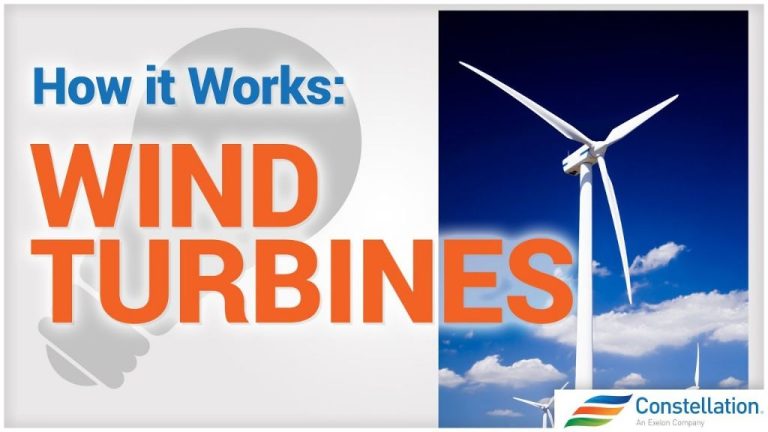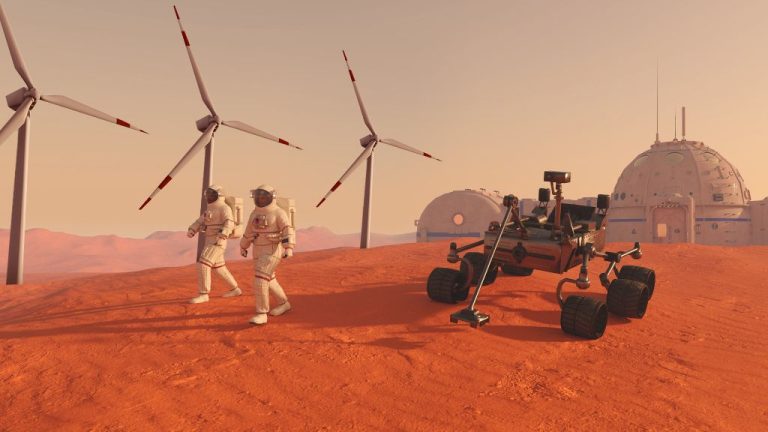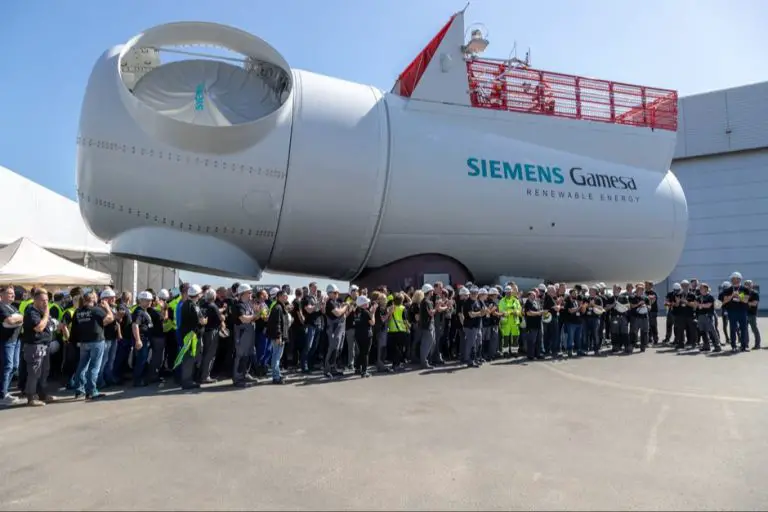Where Is Wind Power Found?
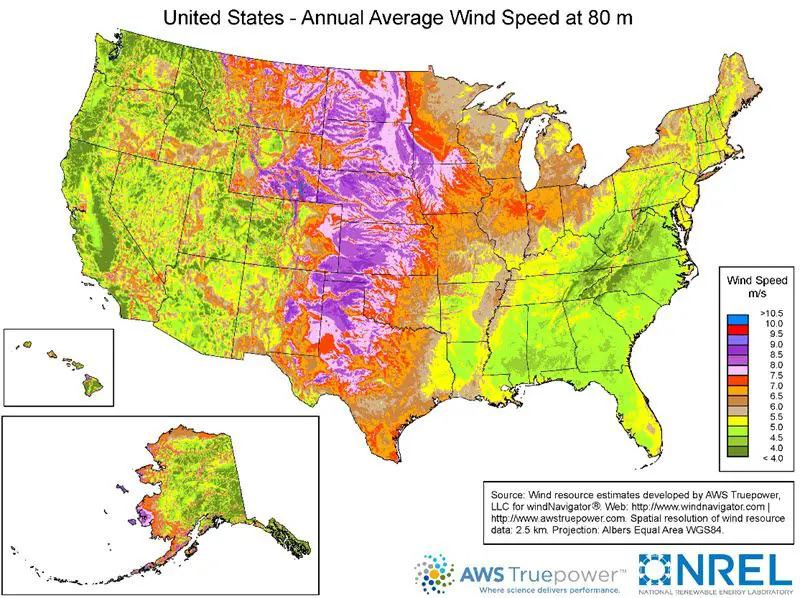
Wind power harnesses the wind to generate electricity using wind turbines. It is a rapidly growing renewable energy source that plays an important role in transitioning away from fossil fuels and mitigating climate change. The goal of this article is to provide an overview of where wind power capacity is found globally, which countries lead in wind power generation, the status of wind power in the United States, key innovations, and the future outlook for the wind power industry.
Wind Power Basics
Wind power refers to generating electricity using the wind. It is considered a renewable energy source since wind is continuously replenished. Wind turbines convert the kinetic energy in wind into mechanical power which is then converted into electricity.
Wind turbines have blades that spin as the wind blows over them. The spinning blades turn a shaft inside the turbine that connects to a generator which then converts the mechanical power into electrical power. The stronger the wind, the more electricity can be generated.
Wind power has several benefits. It’s a clean source of energy that doesn’t produce air pollution or greenhouse gas emissions. It’s also abundant and renewable. According to the U.S. Department of Energy, wind could supply a significant portion of America’s electricity needs. Wind power also helps provide energy security and diversifies the energy supply. It’s becoming increasingly cost competitive with fossil fuels.
Overall, wind power is a sustainable way to generate electricity from a renewable resource that produces no emissions and has large untapped potential. Converting wind into electricity relies on wind turbines that harness the kinetic energy of wind to spin blades connected to generators.
Global Wind Power Capacity
Over the past decade, wind power capacity has grown significantly worldwide. According to the Global Wind Energy Council, total global wind power capacity reached 743 GW in 2020, up 53% from 2015. In 2011, global capacity stood at just 238 GW. The most growth has occurred in Asia, which accounted for over 60% of added capacity in 2020. China leads with over 285 GW, followed by the U.S., India, and Germany as the countries with the most wind power capacity.
While growth has been strong in recent years, wind power still only accounted for around 7% of total global electricity generation in 2020. This highlights the room for continued expansion of wind power to meet energy demands and climate goals worldwide. Projections estimate global wind capacity could grow to over 2,100 GW by 2030 if current growth rates persist. However, achieving this potential will require supportive policies and investments to overcome challenges around grid integration, transmission, siting, and more.
Top Countries for Wind Power
Some of the top countries for installed wind power capacity include:
China – With over 250 GW of installed capacity, China leads the world in wind power generation and accounted for over a third of new wind installations globally in 2018 (1). The Chinese government has made significant investments in wind energy as part of its efforts to reduce fossil fuel dependence and combat air pollution.
United States – The US has over 100 GW of installed wind capacity, the second highest in the world. Texas produces the most wind power of any US state. Growth has been driven by federal tax incentives and state-level renewable portfolio standards (2).
Germany – Germany has over 60 GW of wind power capacity, obtaining nearly 20% of its electricity from wind in 2018. Wind power expansion in Germany has been enabled through feed-in tariffs and favorable policies (3).
India – India has grown rapidly to become the 4th largest market globally with nearly 38 GW of capacity. The government has set ambitious targets for wind as part of the country’s goal to source 40% of power from renewables by 2030 (1).
Spain – Spain is among the world leaders in wind energy, with over 23 GW installed. Wind provided about 20% of Spain’s electricity in 2018. Spain aims to source 74% of its power from renewables by 2030 (4).
(1) https://www.linkedin.com/pulse/leading-charge-countries-forefront-renewable-energy-harry-twort-mhi1f
(2) http://www.citizensinaction.org/wind-history-35.html
(3) https://loveyourchelmsford.co.uk/green-living/renewable-energy/
Wind Power in the United States
The United States is one of the leading countries for wind power capacity and new installations. As of 2021, the total installed wind power capacity in the U.S. was over 122 GW. Texas leads the country with over 33 GW installed, followed by Iowa, Oklahoma, Kansas, and California. The top 10 wind power states account for over 80% of total U.S. wind capacity. In 2020, 16,836 MW of new wind power capacity was installed accounting for 77% of all new U.S. power capacity added that year. While land-based wind farms make up most capacity, offshore wind farms are growing with over 42 MW installed as of 2021. Offshore wind has huge potential in the U.S., especially in coastal states. Many experts expect offshore wind to see rapid growth in the coming decade to help states meet renewable energy goals.
Offshore Wind Power
Offshore wind farms are located offshore where winds tend to blow faster and more uniformly than on land. As of 2022, there are over 6,000 grid-connected offshore wind turbines across 16 countries, totaling about 57 GW of capacity according to Offshore Wind Power Market Share, Size, & Growth from Fortune Business Insights.
Global offshore wind capacity has grown rapidly in recent years. According to ETI Factbook | Wind Power from The Energy Transition Institute, installed offshore wind capacity increased more than six-fold over the past decade, from about 2.2 GW in 2010 to over 14 GW by the end of 2020.
The offshore wind industry is expected to continue its robust growth in the coming years. According to The Future of Offshore Wind Power Trends and Forecast from Energy5, offshore wind capacity is projected to reach 70 GW worldwide by 2026. Key drivers include policy support, technology improvements, and declining costs.
Wind Power Potential
Certain geographic areas have higher potential for wind power due to consistent and strong wind resources. According to a 2020 study, areas bordering Iran and Afghanistan demonstrate high wind energy potential that could be harnessed for electricity generation (Mohammadpour Penchah, 2020). Specifically, the study found the city of Khaf in northeastern Iran experiences strong wind speeds that make it well-suited for wind farms.
Other regions identified as having high wind power potential include northern and central Europe, parts of southeast Australia, the Great Lakes region in Canada and the United States, and mountainous or coastal areas where wind is accelerated. Offshore wind farms situated in coastal waters are increasingly being built to capture strong and steady winds.
As technology improves and wind turbines become more efficient and cost-effective, the potential to harness wind power will likely expand to other areas of the world as well. Careful assessments of wind resources can reveal additional high-potential sites for wind energy development.
Wind Power Challenges
While wind power offers many advantages, it also faces some key challenges and limitations (Energy.gov). Some of the main challenges facing wind power include:
Cost competitiveness – Wind power must compete with conventional power generation sources like coal, natural gas, and nuclear energy on a cost basis. In areas with low wind speeds or high conventional energy costs, wind may struggle to be cost competitive (Kohilo University).
Intermittent power generation – The wind doesn’t blow consistently, meaning wind turbines generate electricity intermittently. This poses grid integration challenges compared to baseload power plants (ND Studies).
Remote locations – The best wind resources are often located in remote areas far from major cities and existing transmission infrastructure. Transporting the electricity can add costs (Energy.gov).
Wildlife and environment – Wind turbines can negatively impact birds, bats, and other wildlife as well as natural scenery and landscapes if not properly sited and mitigated.
Public opposition – Concerns about noise, visual impacts, property values, and other issues sometimes generate local public opposition to proposed wind projects.
Future of Wind Power
The future looks bright for wind power. According to the International Energy Agency (IEA), global wind capacity is expected to more than double from 564 GW in 2018 to over 1,300 GW by 2027.1 This will require capital investment of around $1 trillion. The IEA predicts offshore wind will account for one-third of the total wind market by 2040.
Several key factors are driving growth in wind power capacity:2
- Falling costs – The cost of wind power has dropped dramatically in the last decade making it more competitive.
- Supportive policies – Government incentives and mandates are encouraging wind power deployment.
- Corporate demand – Many companies are seeking to power operations with renewable energy sources like wind.
- Technology improvements – Larger turbines, floating foundations, and other innovations continue to improve wind power performance.
The outlook for wind power remains positive, with some forecasts suggesting it could supply up to 50% of global electricity by 2050 if growth continues at the current pace. However, realizing the full potential of wind will require addressing ongoing challenges around transmission, storage, siting, and public acceptance.
Conclusion
To summarize, wind power represents a significant source of renewable energy worldwide. Wind power capacity has grown rapidly in recent decades, with top countries like China, the United States, Germany, India and more leading growth. Wind power brings notable advantages as a clean energy source that produces no emissions, but also faces challenges around intermittency and location constraints. However, continued technological improvements and declining costs are enabling greater adoption of wind power globally. With supportive policies and suitable locations, wind power can provide affordable and sustainable electricity generation at scale. Realizing the full potential of wind energy will require optimizing turbine performance, enabling grid integration, reducing wildlife impacts and gaining local community support. Overall, wind power remains an essential component of building a clean energy future and mitigating climate change.

